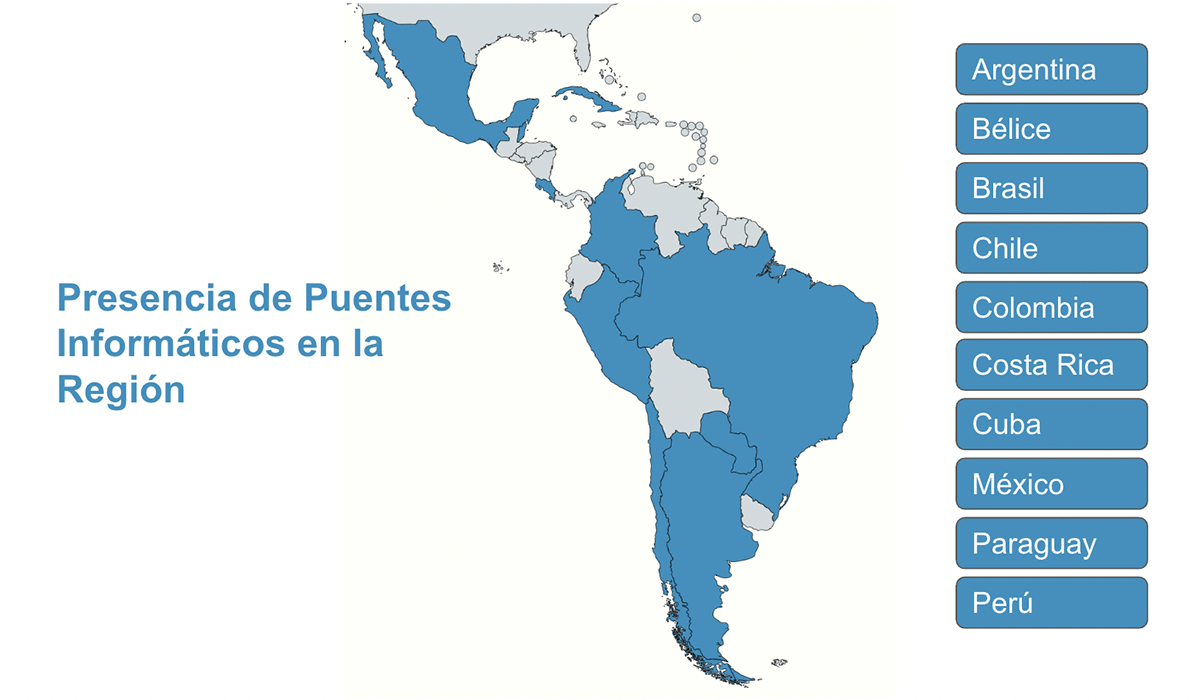What are network bridges?
Network bridges are customized software programs (developed for different structures and data-capture formats), allowing the user to transform data associated with reports of adverse events to an appropriate standard for reporting cases electronically (for example, E2B).
Why?
● Regulators need to consolidate adverse-event reports in their respective information systems and report them to VigiBase (Database of the Uppsala Monitoring Centre, or UMC). This task is difficult, however, when the captured data does not have the appropriate structure or format to be transmitted.
● To date, regulatory authorities that are required to transmit reports have been doing so manually, a task limited by the need for skilled human resources. Additionally, due to the time-consuming manual coding, processing the information can be inefficient and susceptible to inconsistencies caused by human typing errors.
● Interoperability solutions are of great value in situations involving multiple systems; they avoid the duplication of tasks, thus saving work time. This allows for mass communication in a standardized way, thereby reducing errors.
● Some countries have backlogs of thousands of reports (pending transmission to the Uppsala Monitoring Center) going back more than a decade.
● In a pandemic situation, the process for transmitting reports needs to be accelerated by providing countries with tools that can semi-automate these coding tasks, while consolidating the country's own information system, in order to ensure interoperability in reporting cases electronically.
What is achieved?
This project allows the national regulatory authority to capture case information from other information systems, such as public health programs, hospitals, etc.
What is PAHO doing?
● PAHO develops network bridges to help regulatory authorities send electronic reports more efficiently, thus reducing processing times and the burden on the country's professionals.
● It advises and assists the countries of the Region in implementing their own bridges.
Key elements for implementation
Step 1: Identifying requirements and analyzing the data source
Step 2: Mapping fields to E2B tags, and validation
Step 3: Customized bridge implementation and XML validation*
Step 4: Implementing the bridge
*By the national regulatory authority


